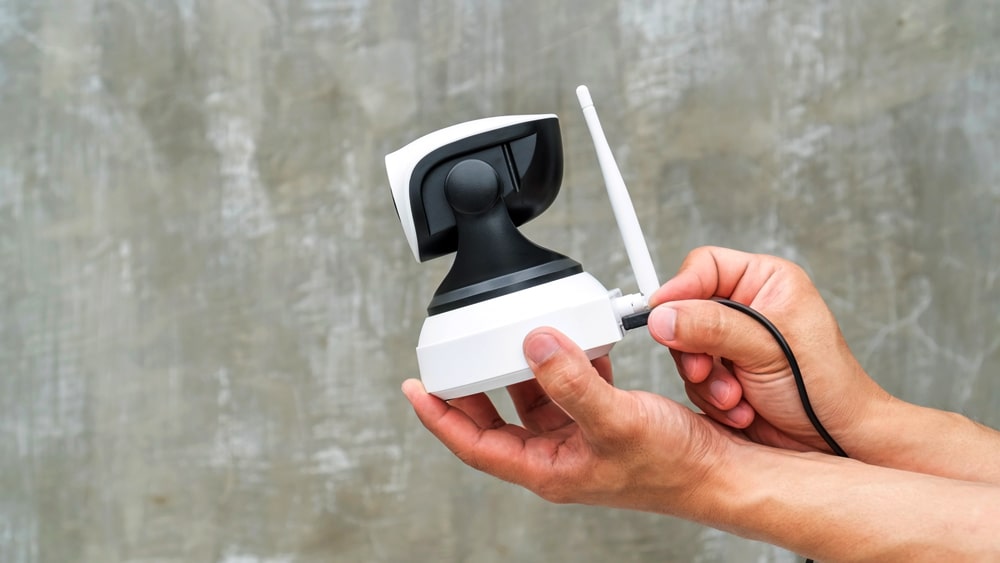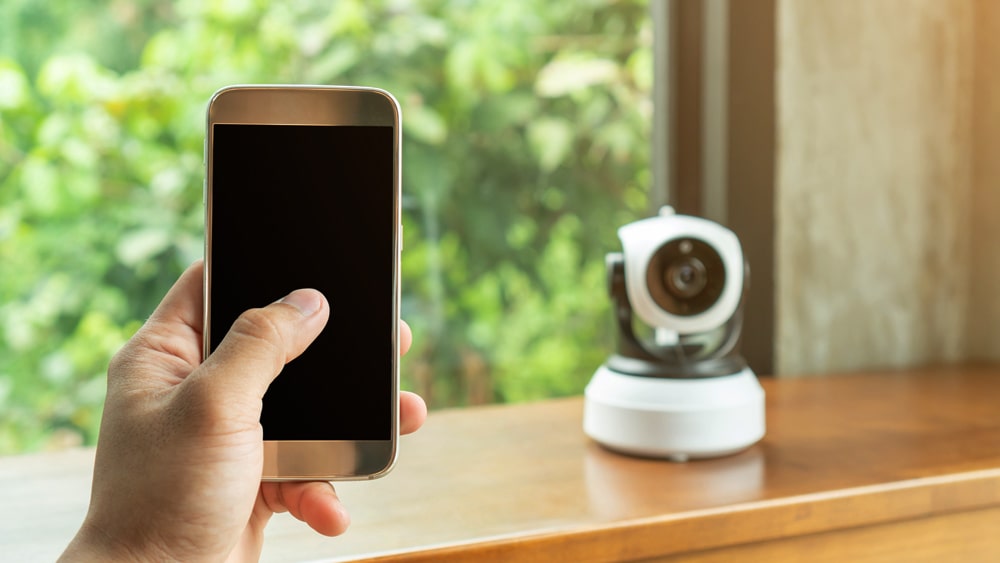Anyone who’s owned a security camera knows how blurry video footage can be. We all want a higher resolution security camera to capture even the smallest of details like a car’s license plate or an intruder’s face. The problem is that many security cameras claim to be “high definition” but in reality do not offer the ideal resolution for that crisp, clear video recording we’re looking for. So, to avoid falling into such gimmicks, we need to understand what security camera resolution is all about. This will help us choose the right security cameras that are perfect for our intended applications.
There are plenty of factors that affect the image quality of a security camera and resolution is only one part of the equation. Things like zooming, camera angle, and field of view can also affect the outcome of video footage captured by a security camera. Read on to learn more about security camera resolution.

Camera resolution in IP cameras
When we say resolution, we’re basically talking about the amount of detail the camera can capture. This is measured in pixels and is determined by the image’s width and height. For example, an IP camera with a resolution of 2 megapixels (MP) can capture images with a resolution of 1920×1080. When you multiply these two figures, you get 2,073,600 pixels in total, hence 2MP. The height of the image represents the resolution so if you have a 2MP IP camera, you’re recording videos in 1080p resolution.
You’ll find that most security cameras in the market today are 2MP (1080p), 4MP (1440p), 5MP (1920p) and 8MP (4K/2160p). The following chart should make it easier for you to identify the resolution of IP cameras.
| Resolution (megapixels) | Image Size | Pixels per Image |
| 2MP | 1920×1080 (FHD) | 2,073,600 |
| 4MP | 2560×1440 (2K) | 3,686,400 |
| 5MP | 2560×1920 (2K) | 5,017,600 |
| 8MP | 3840*2160 (4K) | 8,294,400 |
If your goal is to record video footage without needing to capture fine details, then a 2MP-5MP camera should work just fine. These cameras are usually less expensive, are widely available, and are compatible with most screens. But if you’re looking for a security camera that can read license plates, then you may want to opt for an 8MP camera. It offers greater clarity and provides a 70% increase in image resolution compared to a 2MP camera. Of course, these cameras come at a cost and you’ll need a 4K screen in order to view the footage.
Camera resolution in analog cameras (CCTV)
The resolution in analog CCTV cameras is different from IP cameras since it is determined by the number of horizontal and vertical television lines (TVL) in an image. Now, you may be wondering why television lines instead of pixels and that’s because the analog video technology came from the television industry. Traditionally, analog cameras had a maximum resolution of 704*480 pixels or D1 (4CIF).
As technology progressed, so did analog cameras. Modern CCTV cameras use an analog high definition which enables them to record high-resolution footage of around 720p and 1080p. This chart serves as a reference for the resolution of analog CCTV cameras today.
| Resolution | Image Size |
| QCIF | 176*120 |
| CIF | 352*240 |
| D1 (4CIF) | 704*480 |
| 960H | 960*480 |
| 720p AHD | 1280*720 |
| 1080p AHD | 1920*1080 |
Even with the advancements made in CCTV cameras, the resolution is still not quite at the level of an IP camera to effectively read license plates and capture fine details. Given that IP cameras are becoming increasingly affordable, we recommend purchasing IP cameras since their higher resolution translates into sharper image quality compared to CCTV cameras.
Other factors that contribute to sharp image quality
Like we’ve previously mentioned, camera resolution is only one aspect of sharp image quality. There are plenty of other factors that can make a huge difference and these are:
- Focal length – Focal length determines how wide the viewing angle of a security camera will be. The longer the focal length, the wider the camera’s field of view. However, this does come at the expense of video quality so if you want to monitor a large part of your home, we recommend using a security camera with a varifocal lens to maintain sharp image quality.
- Sensor size – The size of the camera’s sensor determines how sensitive it is to light. The bigger the sensor, the more light can pass through which means brighter and sharper video recording. For example, a security camera with a 1/3” image sensor will outperform a security camera with a 2/3” sensor on most occasions.
- Frame rates – Frame rates affect the smoothness of your security camera’s video recording. High frame rates eliminate blurriness, thus increasing the chances of you recognising an intruder’s face or capturing a vehicle’s license plate while reviewing the footage.
- Monitor – What good is a high-resolution camera if you’re viewing the footage on a crappy monitor? Get the appropriate monitor for your security camera’s resolution (i.e. 4K monitor for an 8MP camera) to view the recordings in full detail.
Security cameras have come a long way. With high-resolution cameras becoming the norm, consumers benefit greatly from sharper video footage and improved surveillance capabilities. That said, you need to understand what security camera resolution is and how it translates into video quality. Make sure to refer to this guide when choosing a security camera so you’ll know which one fits your exact user requirements.

